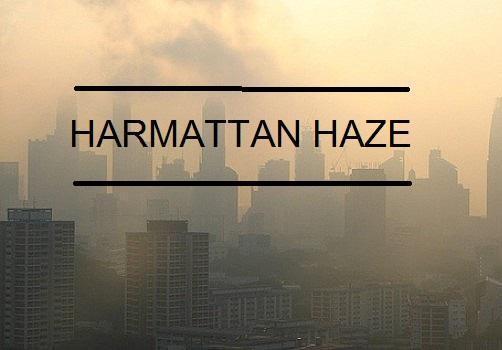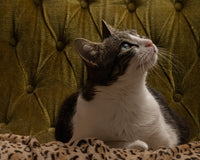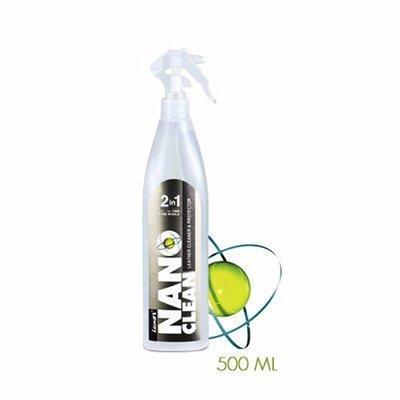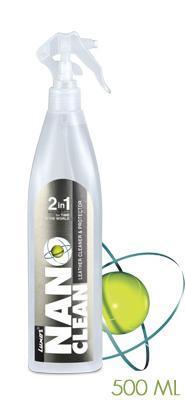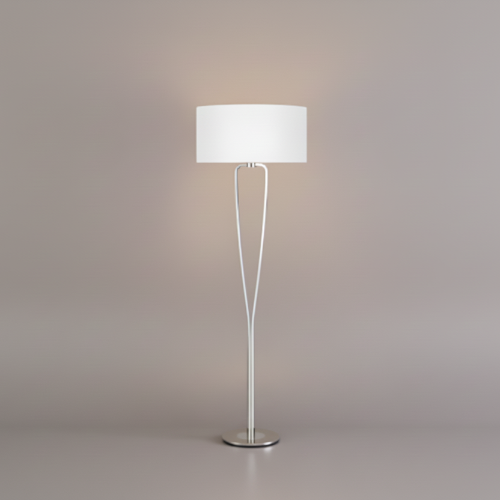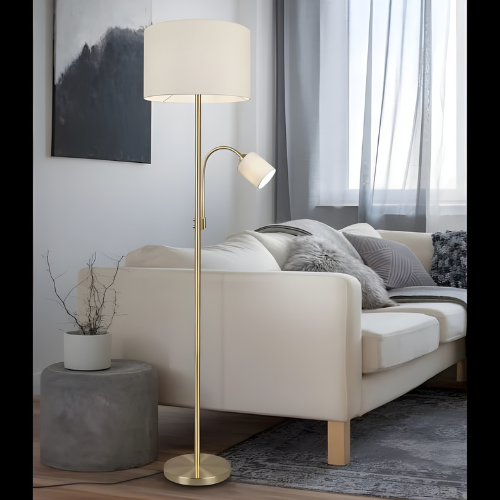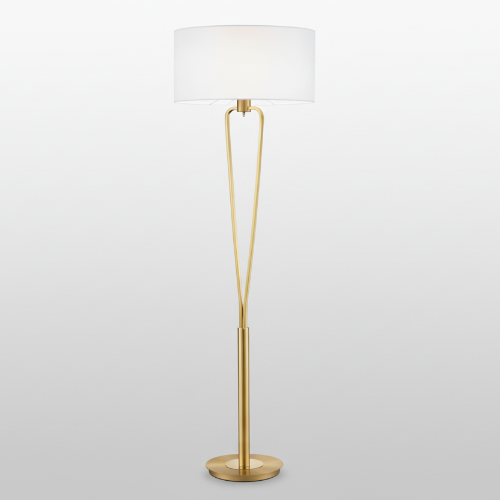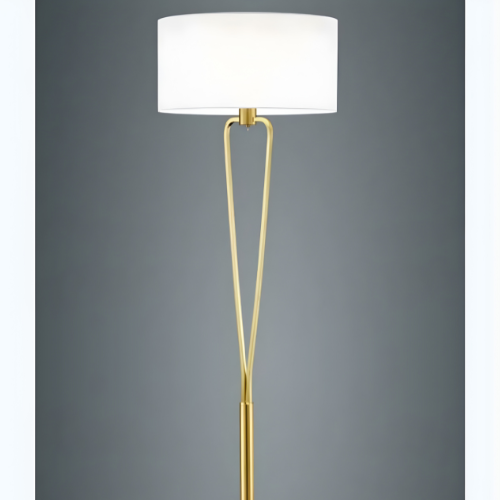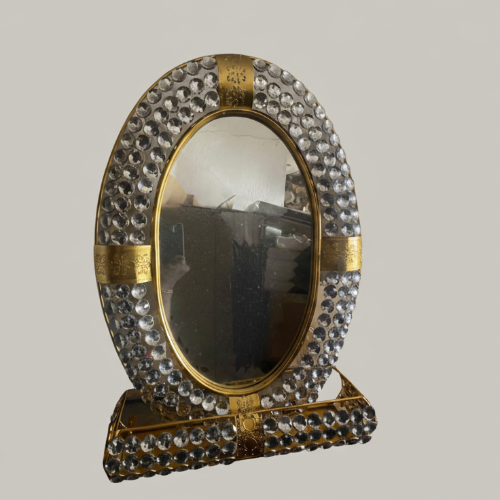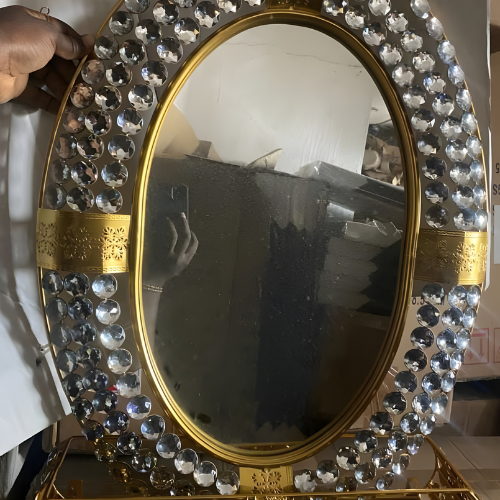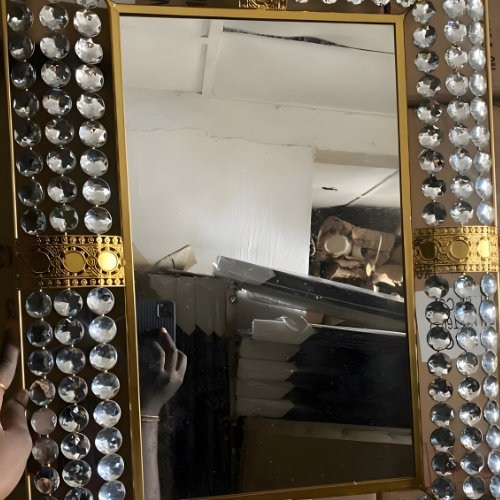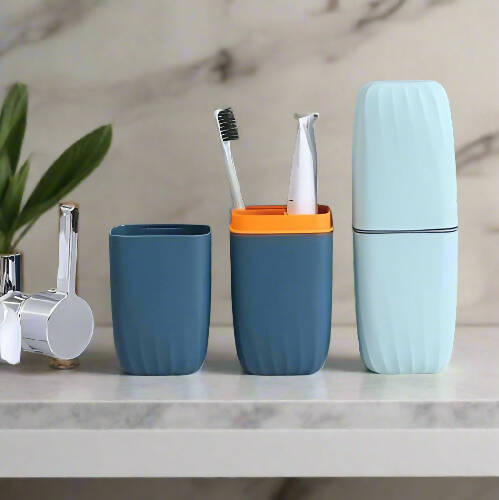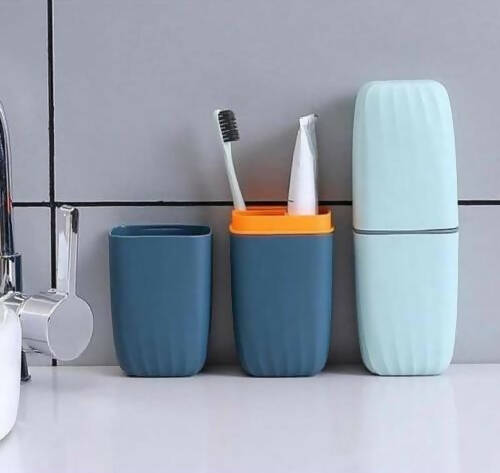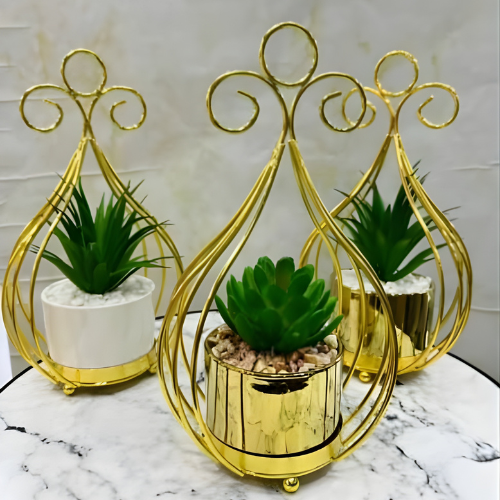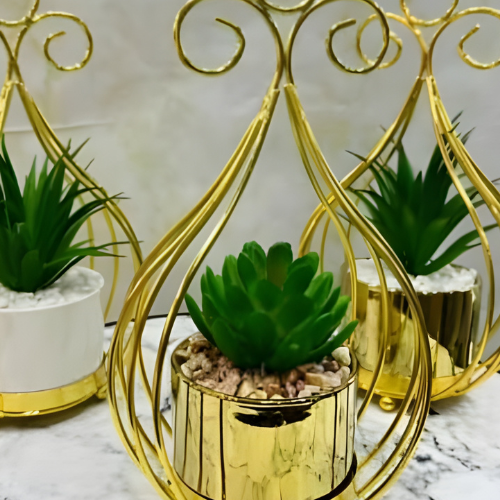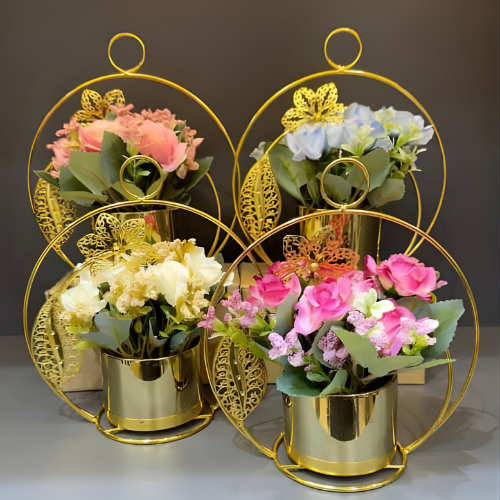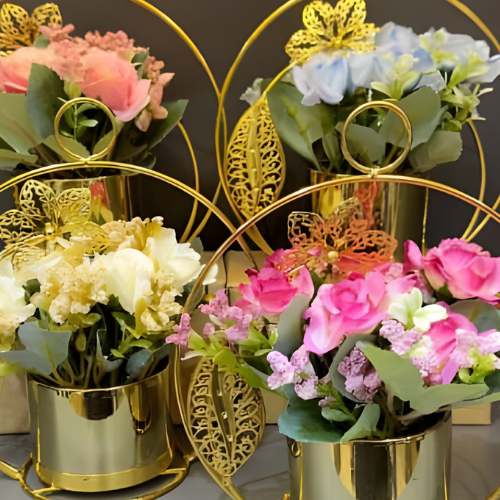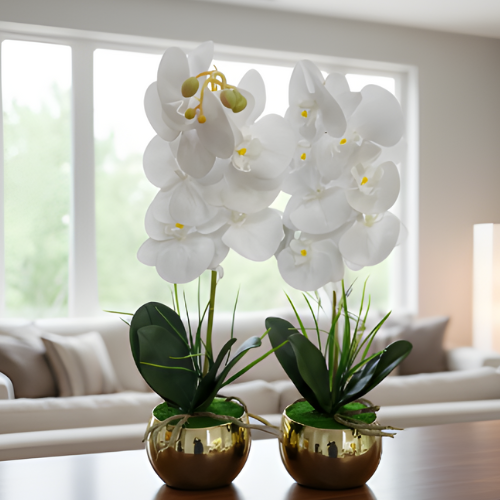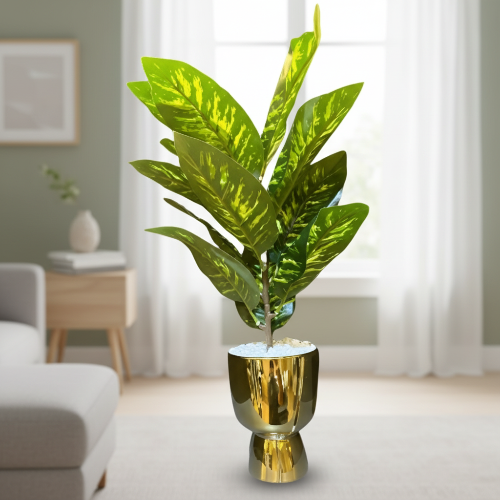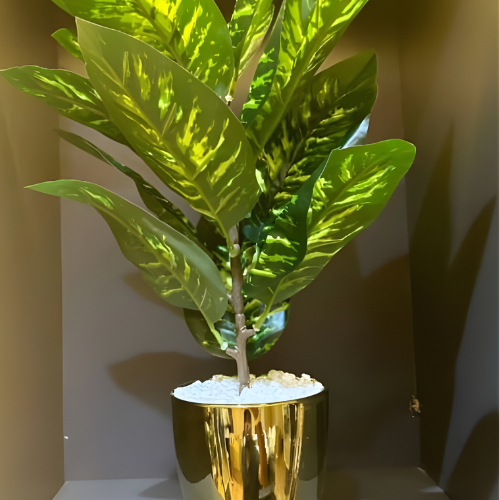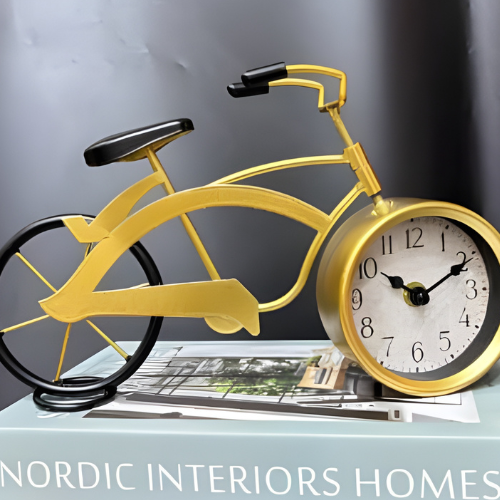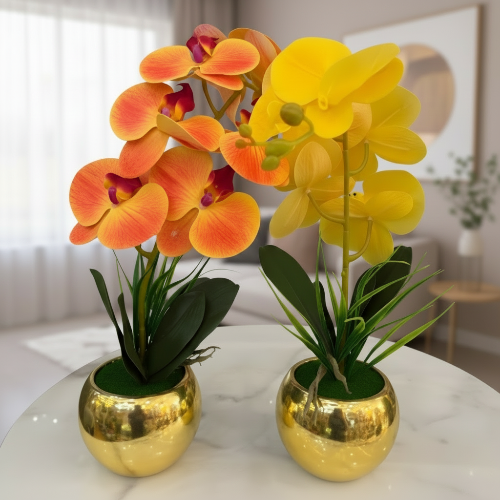The Harmattan season is generally used to describe a season in the West African subcontinent, which occurs between the end of November and the middle of March. It is usually characterized by dry and dusty northeasterly trade wind, of the same name, which blows from the Sahara Desert over West Africa into the Gulf of Guinea.
Although distinct entities in themselves, a certain balance needs exist to attain a perfect environment devoid of hazards. Interdependent as they seem, health is however, prized above its counterpart owing to its fragility which can only be maintained if the furniture is protected against the weather or the weather has no effect on the furniture.
As would have been noticed over the years, different furniture types react differently to weather conditions. In this same vein, the changes that occur in weather affects the furniture, posing a risk to health.
The effect of harmattan haze on a few furniture types are highlighted below:
Effects of Harmattan on Metal Furniture
° Expansivity:
This results from exposure to hear which causes the metal to expand unevenly, leading to sagging and disfigurement.

° Corrosion:
Metals are susceptible to corrosion which occurs in the presence of humidity. Metals like iron and steel corrode when introduced to moisture, losing their luster and shedding parts eventually. The process of corrosion may be faster and slower in hot and wet weather conditions respectively. While climatic conditions can not be altered, preventive measures can be taken to ensure longevity and reduce health risks.
° Preventive Measures:
— Store metal furniture in cool, dry places devoid of humidity and direct heat.
— Recoat once furniture begins to shed parts/coat.
— Keep from direct heat and humidity.
— Furniture could be coated with other metals less susceptible to corrosion like Tin.
— Check furniture regularly and respond quickly to corrosion by applying removal techniques and oiling.
Effects of Harmattan on Wooden Furniture
° Discoloration:
Just as the skin is affected by UV light, wooden furniture also, when exposed to UV decolorizes and pales in colour. This bleaching eventually renders the furniture bland and questionable option for guests.
° Water Damage:
High levels of humidity or rainfall can affect wooden furniture if they're left unprotected from the effects of these weather conditions. Furniture when exposed swells with water, eventually weakening, rotting and being prone to insect attacks.
° Cold Effects:
A general chill in the weather can also affects wooden furniture not adequately cared for. Wood, got from a biological source, retains some measure of water even after being cut, shaped and finished. This water makes the wood contract in cold conditions, eventuate changing shape. As the change in shape occurs, nails, glue and other materials used to hold the joints together get pulled in different directions. They may end up separating from the wood, contributing to health hazards.
° Preventive Measures:
— Assemblable furniture are a good way to stay out of harms way, as they can be disbanded for storage, reducing the risks posed by standard fixed furniture.
— Furnished should be coated in paint or shrink wrap during storage to prevent humidity effected damages like the growth of moss and rot.
— Regularly clean upholstery with soap ad water and dry thoroughly or sun for best effect.
— Avoid the use of abrasives when cleaning furniture
Effects of Harmattan on Glass Furniture
° Cracking and Shattering:
This is by far the first headache of all glass users. Being a delicate medium, glass furniture is often regarded with an air of fragility and has to be protected to serve its cause for longer. However, weather conditions; hot and cold; adversely effect glass furniture, making them crack, shatter even. Glasses can crack or shatter for a number of reasons, including; low quality, flaw in production, et al. Furniture with low quality react badly to even the mildest of weather conditions. It is therefore normal to see such products breakdown in the peak of heat, and crack in the chilliest moments.
° Chipping:
Glass furniture face the risk of chipping when not properly handled, especially during mobility. When glass furniture exposed to unfavorable weather conditions undergoes the pressure and rigors during mobility, chipping is likely to occur, thus increasing the risk of choking hazards in infants and toddlers, and injuries.
° Preventive Measures:
— Tempered glass is a more safer option than the anneal when choosing glass furniture owing to it's almost shatterproof qualities.
— Examine furniture well before purchase. Often times, the flaw of nickel sulphide trapped in glass causes cracking and breaking.
— Enlist the help of person(s) during mobility if the weight is more than can be handled.
— Store furniture away from direct heat and away from humidity that may cause it to slip when gripped.
Author




